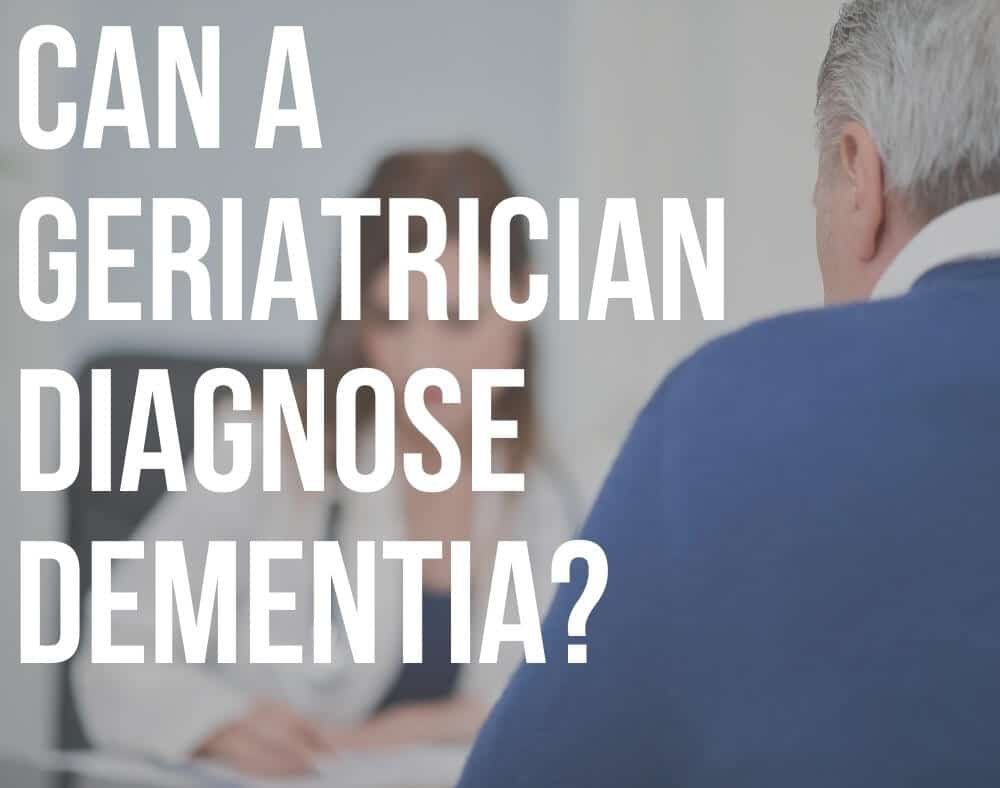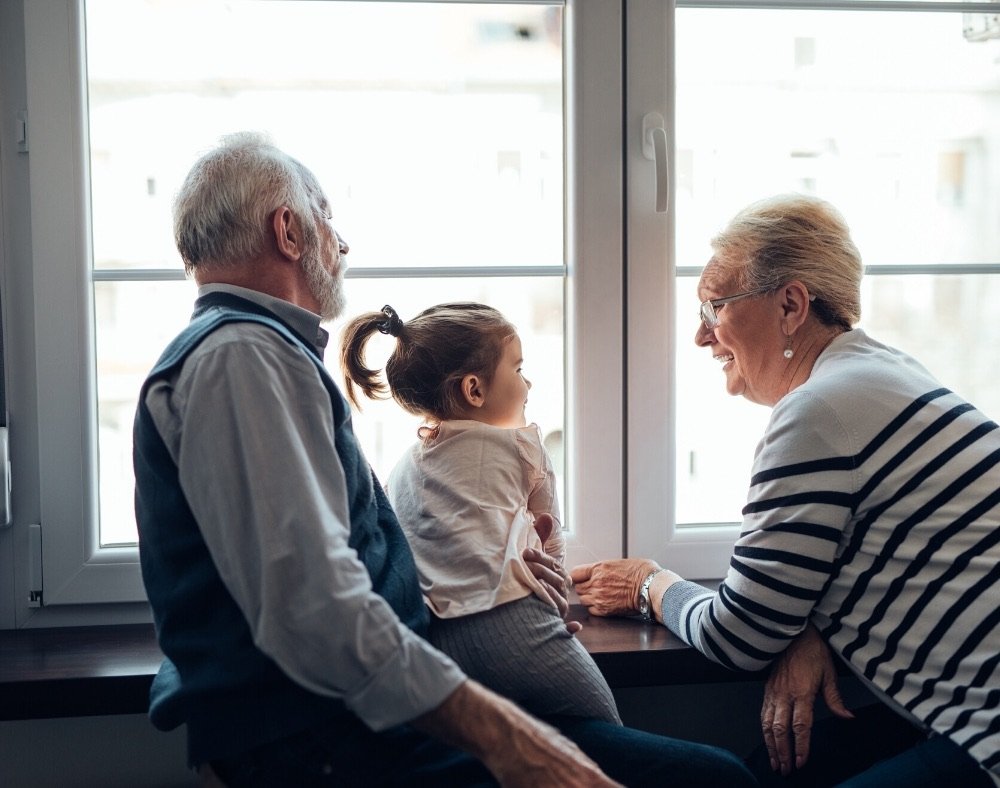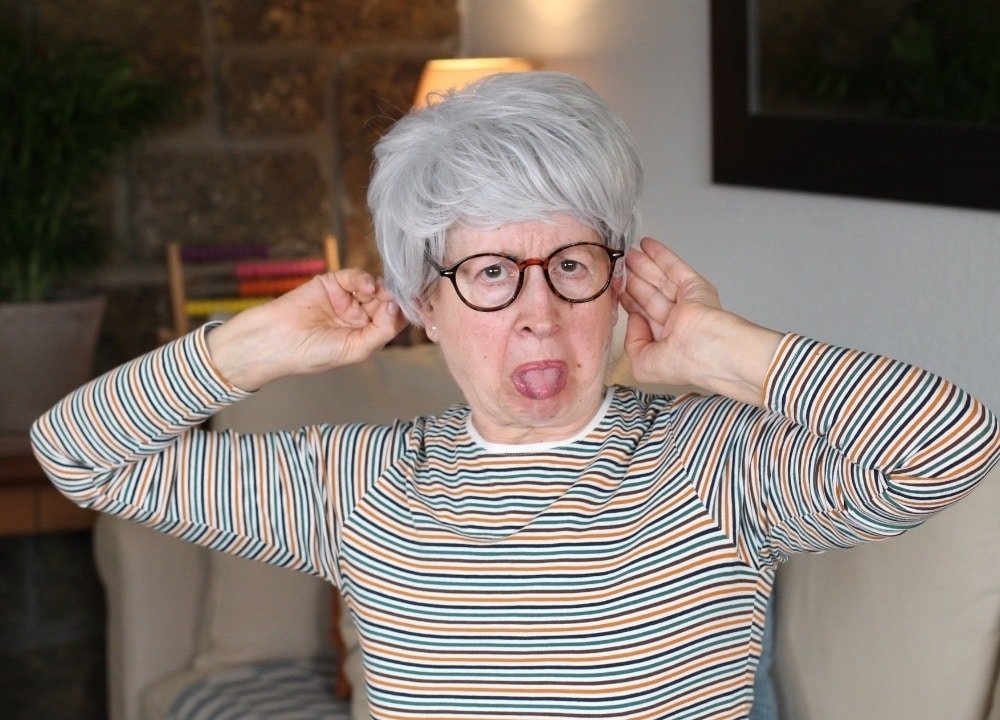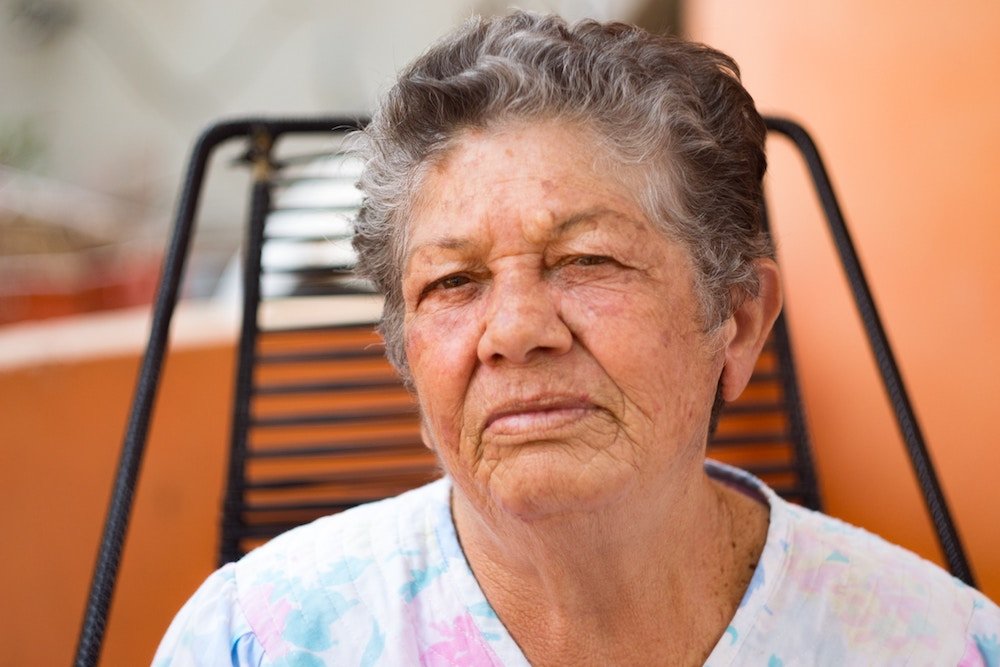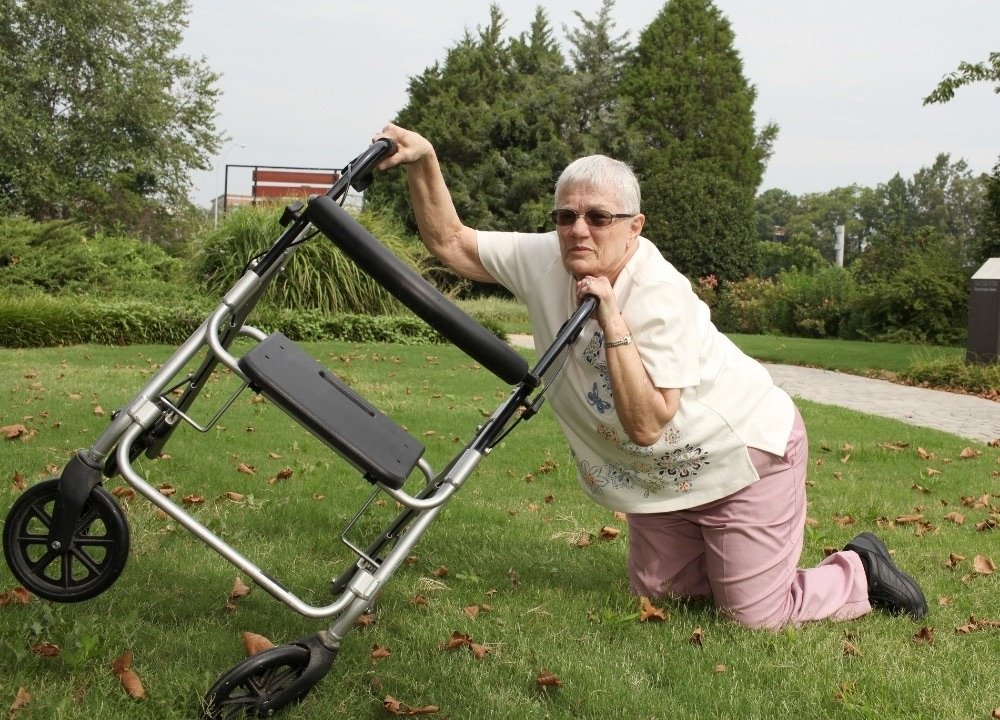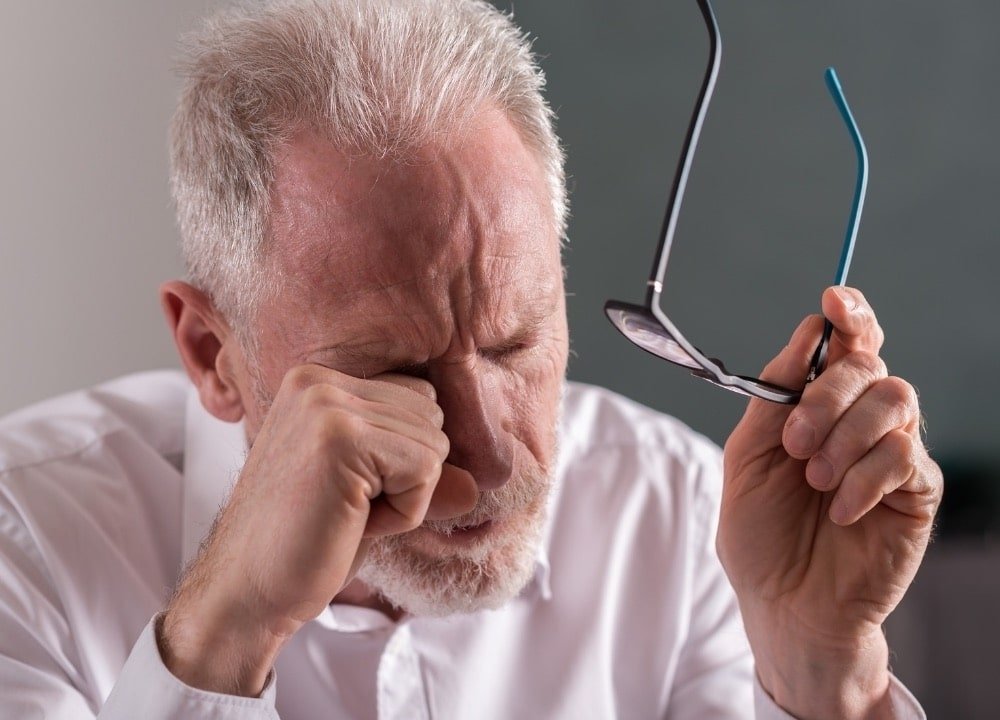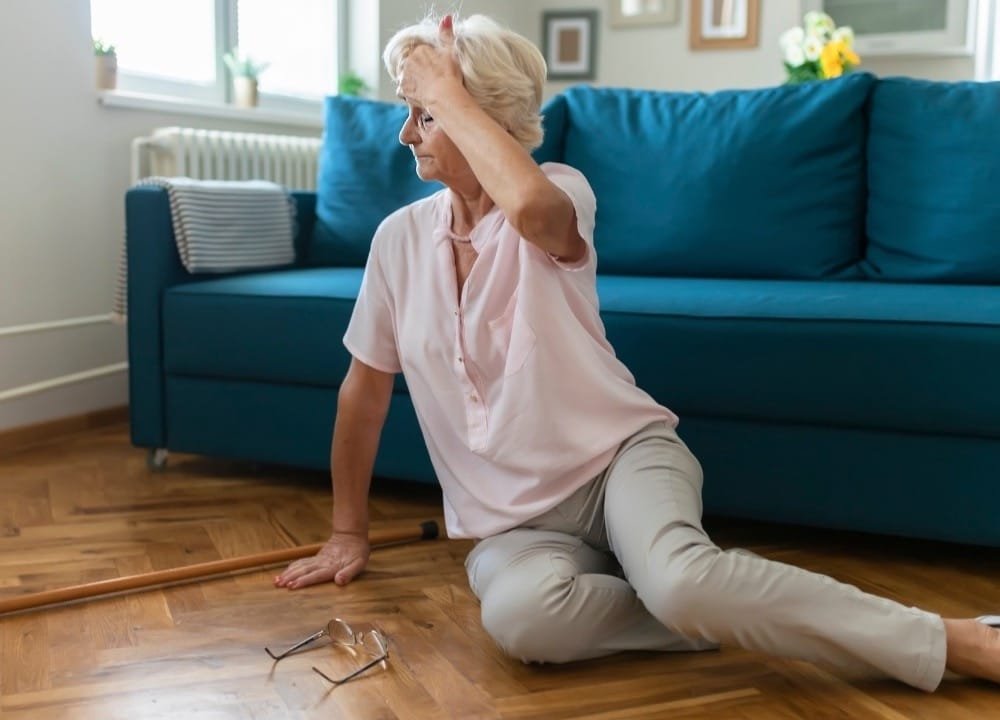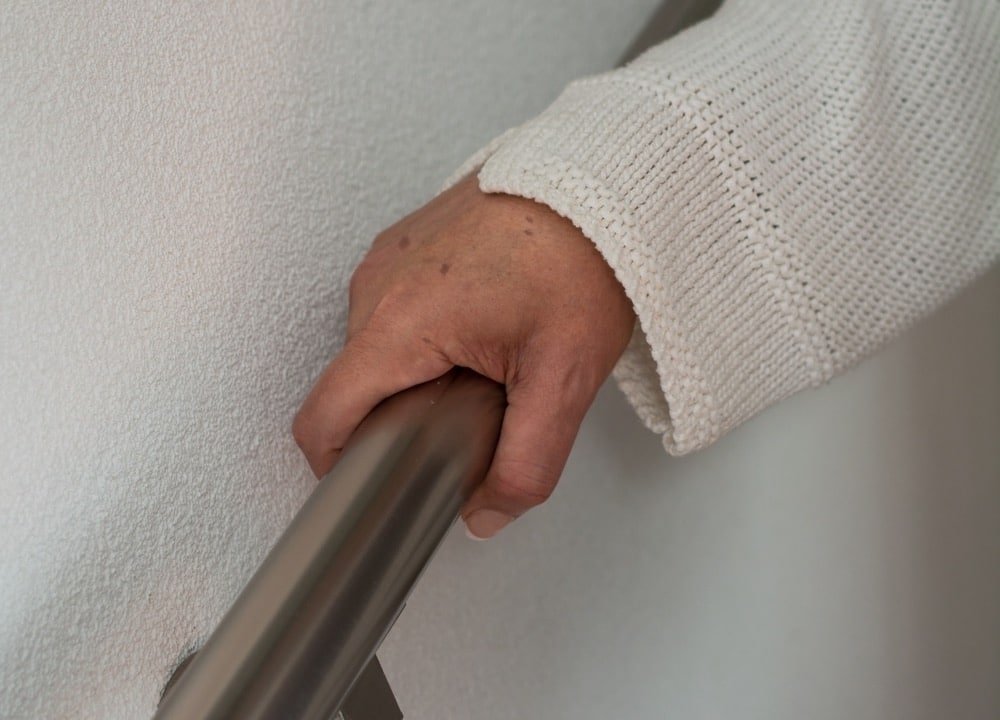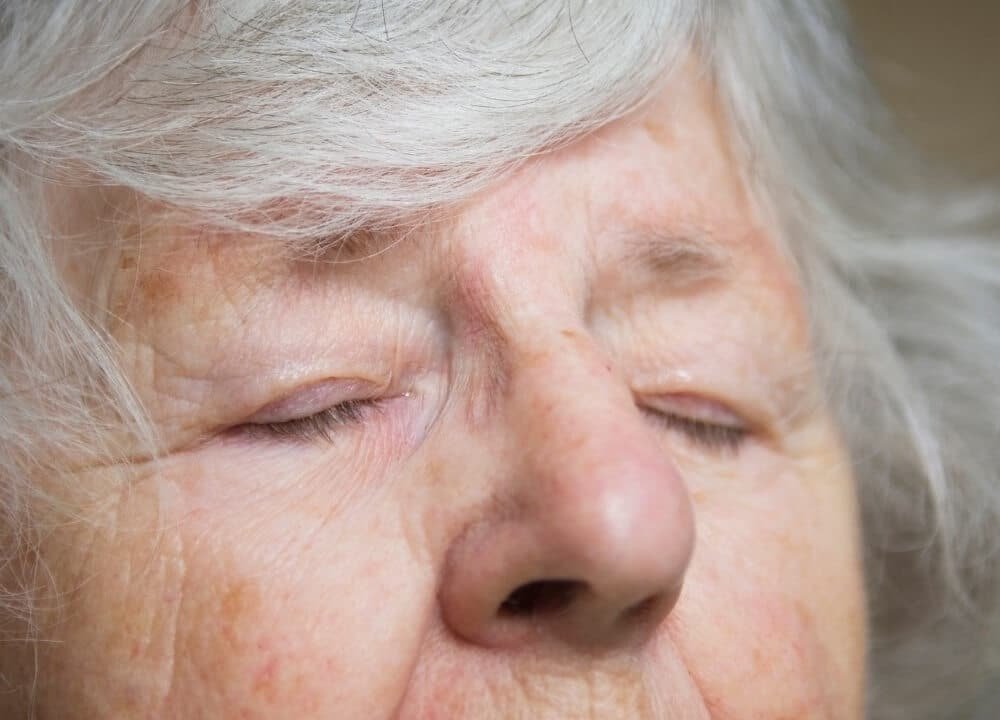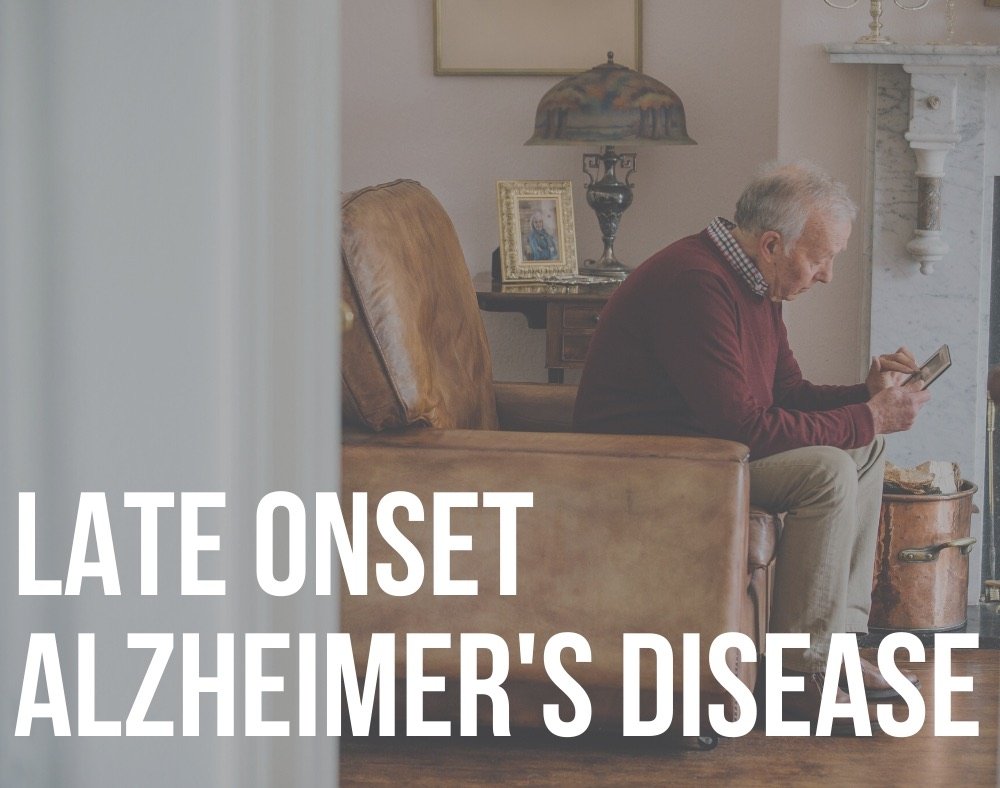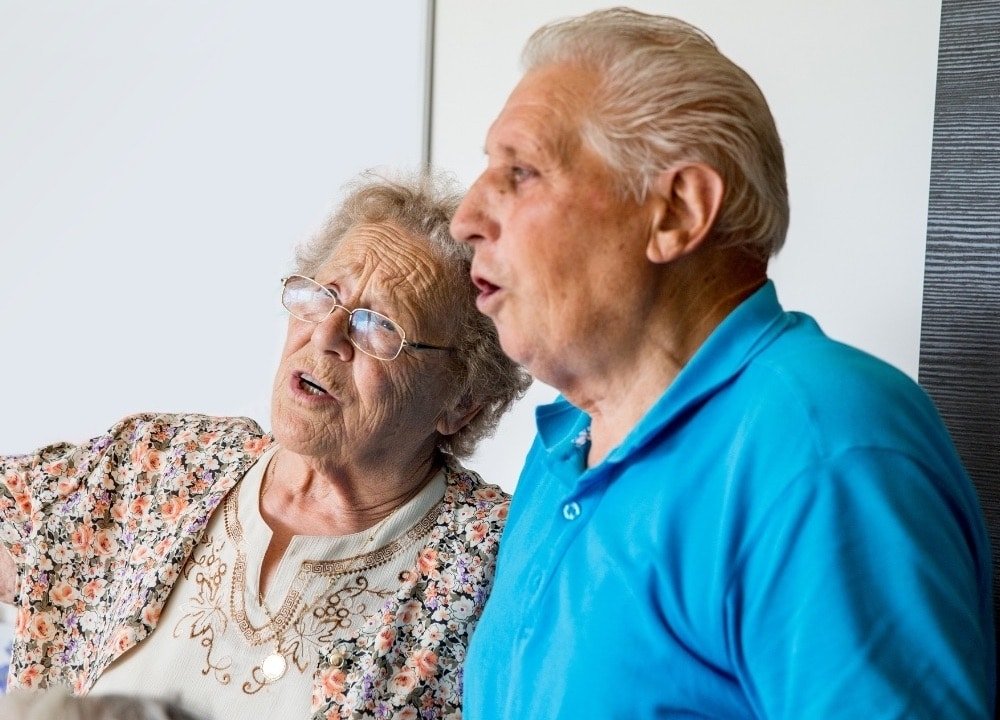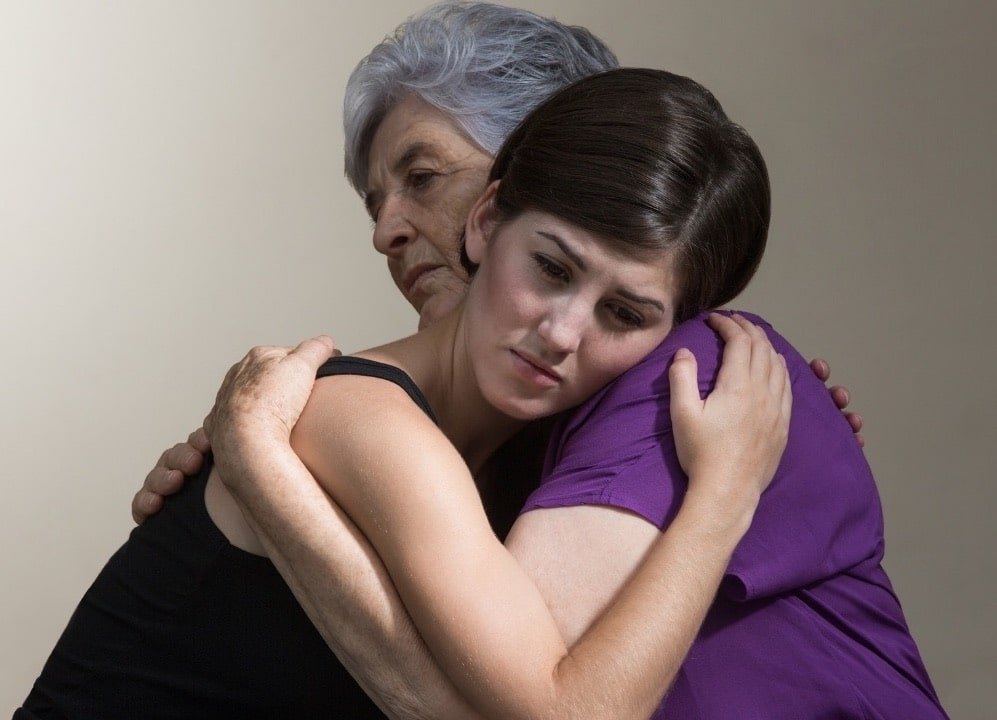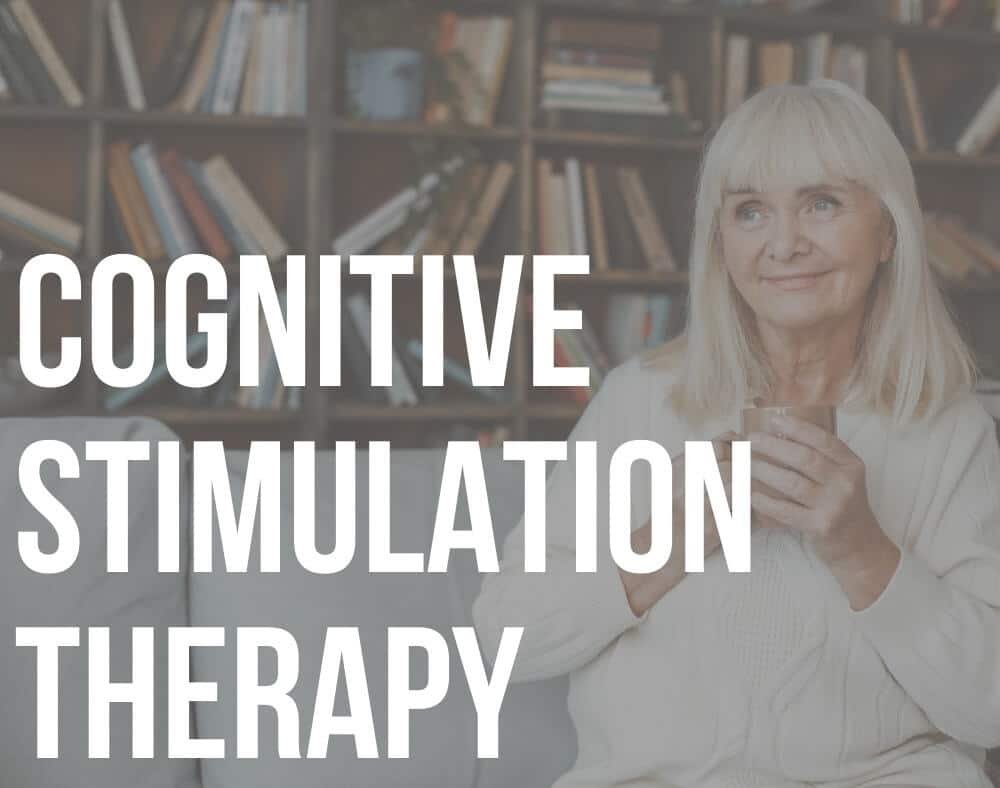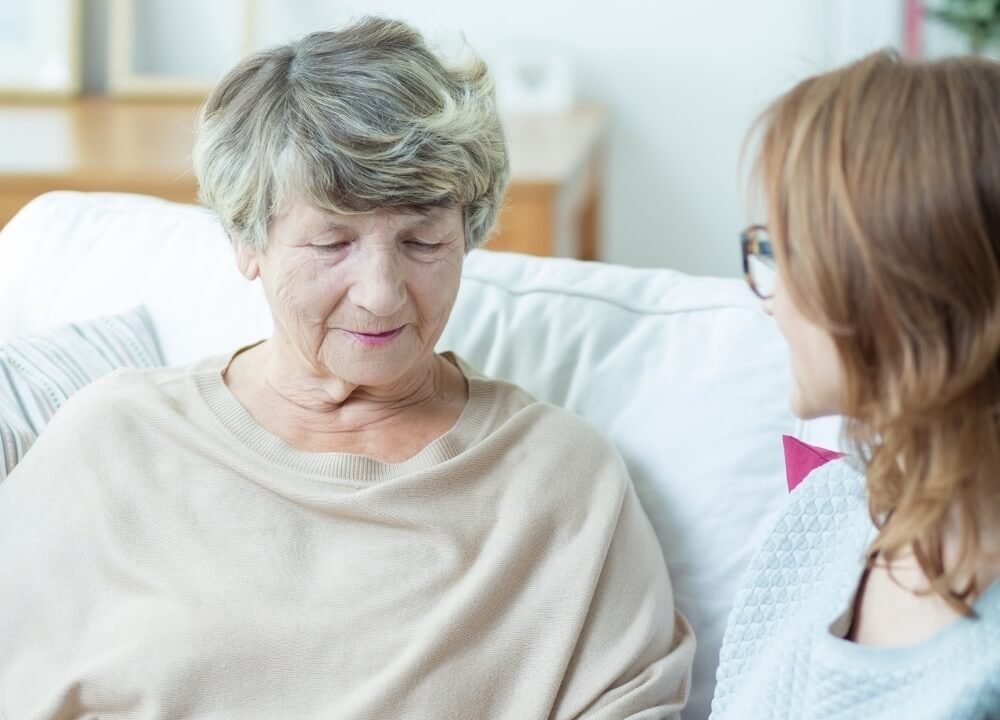A geriatrician is a practitioner that specializes in treating elderly patients.
Yes, geriatricians can diagnose dementia but often have a patient visit a neurologist to confirm the type of dementia.
Dementia is caused by damage to brain cells resulting in their inability to communicate with each other.
There are more than 100 types of dementia but the 4 most commonly discussed are Alzheimer’s disease, Lewy Body dementia, Frontotemporal dementia, and Vascular dementia.
These four types of dementia account for 98% of the cases of dementia. Alzheimer’s disease is the most common type of dementia, making up 60-80% of the cases.
Geriatrician’s Dementia Diagnosis
Diagnosis of dementia involves a thorough history, physical examination, and laboratory studies.
It is important for geriatricians to rule out other medical conditions that can mimic dementia such as emotional stress, excessive intake of alcohol, side effects of medications, and head injuries.
Geriatricians will perform laboratory studies to ensure the patient isn’t exhibiting memory issues due to an underlying condition such as vitamin deficiency or thyroid issues.
Imaging studies include CT, MRI, and PET brain scans. These imaging studies can detect strokes, tumors, and changes in the brain’s structure.
Cognitive Tests

Cognitive testing such as Mini Mental State Examination, Abbreviated Mental Test Score, Clock Drawing, and Mini-Cog are just a few of the mental status tests performed to aid in the diagnosis of dementia.
The Mini-Cog test is most common. It is a 3-minute test that involves incorporating the clock drawing test with a 3-item recall.
Patients are asked to draw a clock face with numbers and hands indicating a specific time. They are also given 3 words and later asked to recall them, usually within 3 minutes.
Lastly, psychiatric evaluation is performed to rule out depression or other mental health conditions causing memory issues.
Examples of other health conditions that can cause memory issues include strokes, Parkinson’s disease, and buildup of fluid on your brain.
What Follows Diagnosis?

Once a diagnosis has been established, a geriatrician will treat dementia in a variety of different ways.
Treatment depends on the type of dementia a patient has as well as the symptoms stemming from that particular type of dementia.
Patients may display a wide range of symptoms from emotional volatility to problems with cognitive reasoning.
Treatment of dementia involves a combination of pharmaceutical and non-pharmaceutical interventions.
Treatment for Different Dementia Types
Donepezil and Memantine are commonly used in the treatment of Alzheimer’s disease.
These two medications help boost acetylcholine, a neurotransmitter essential for memory and learning.
Other drugs and vaccines that inhibit the production of toxic tau or amyloid protein are currently being tested in trials.
The results haven’t been promising as they are not yielding significant results in patients with dementia.
Different dementias
Lewy body dementia, although similar to Alzheimer’s disease has additional traits such as hallucinations, problems with speaking coherently and alertness.
This type of dementia often involves the addition of antipsychotic medications as patients with this type of dementia tend to be more physically aggressive.
Frontotemporal dementia, which usually results in extreme mood changes, usually involves antipsychotic treatment specific to the behavior of the patient as the emotions can range from extreme happiness to deep depression.
Methylene blue, a drug in development for Alzheimer’s disease, may prove to be beneficial in patients with Frontotemporal dementia in the future. Methylene blue inhibits the aggregation of tau protein.
Tau, which is associated with many brain diseases, is a protein misfolded and abnormally shaped in patients with Alzheimer’s disease (Ellison, n.d.).
Vascular dementia, which results from one or several strokes, involves treatment focused on cardiovascular health.
Many patients who get strokes have high cholesterol so statins (Atorvastatin) are often prescribed to lower cholesterol levels. Blood pressure medications are given to lower blood pressure.
Low-dose aspirin (Aspirin 81mg daily) or blood thinners such as Coumadin or Plavix are also given to prevent clotting of the blood which often causes a stroke.
Patients who use tobacco or alcohol are often encouraged to cease their use to decrease their stress as well as lower blood pressure.
Although depression, anxiety, and hallucinations which often develop in patients with dementia are managed with medications, dementia patients are better aided by having a supportive physical and emotional environment.
Non-Pharmaceutical Interventions

Ideal non-pharmaceutical interventions for treating dementia include 24/7 caregivers for patients with dementia, especially advanced dementia.
Caregivers can help patients with dementia perform their daily activities while helping them maintain their sense of independence.
Preferably, you’d want to have a caregiver possessing experience working with dementia patients.
Also ensuring a therapeutic physical and social environment is of utmost importance. A therapeutic setting includes a patient living with family members or living in specialized memory care homes.
Patients with dementia have also been found to benefit from exposure to support animals as well as arts & crafts activities.
Establishing a daily routine is essential for patients with dementia. An example of what an ideal daily routine would look like is below.
Daily routine
- Patient wakes up same designated time daily
- Breakfast
- Performs a mind stimulating activity (walking, puzzles, reading)
- Nap
- Lunch
- Social activity (visit from family or friends) or chore (folding laundry, feeding pets)
- Dinner
- Bed
Ideally the mind stimulating, social activity, or chore would be performed for at least 45 minutes.
Another way to establish a daily routine would include taking your loved one to a senior daycare center.
Extra cognitive exercises
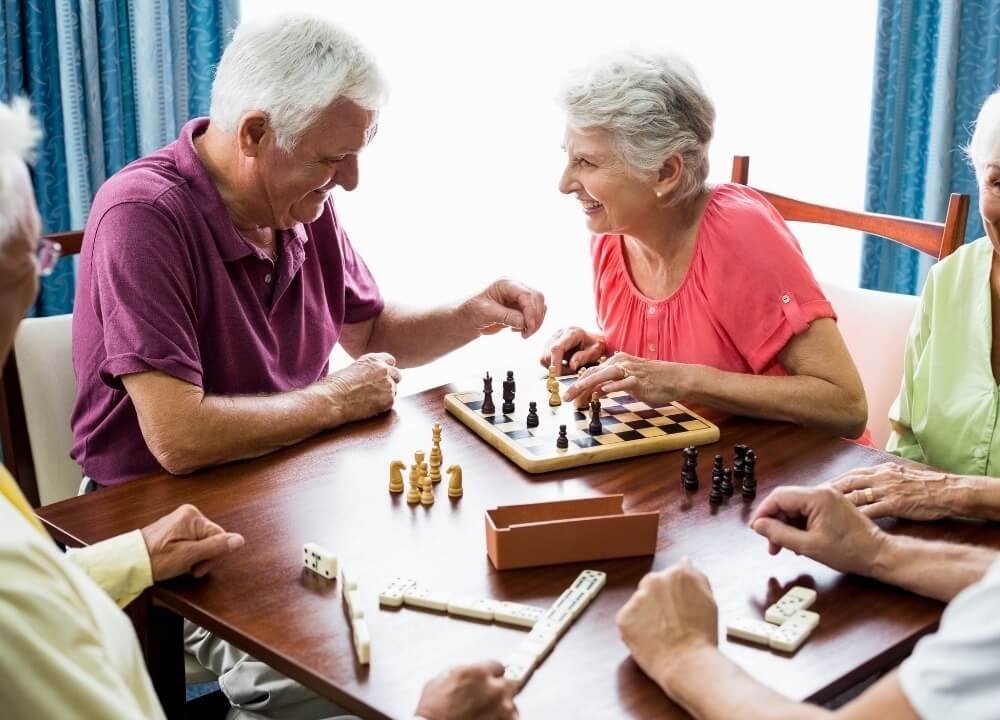
Additional ways to perform cognitive exercises in dementia patients include listening to music, “I remember when” stories, repeating the same phrase several times, looking through old photo albums, and having pictures of close family members and friends along with the names attached to these pictures aid memory in dementia patients.
A calm, quiet environment is ideal for dementia patients. Too much noise often causes agitation in them. Speak slowly and don’t ask too many questions at one time in dementia patients.
Safety is an important factor in patients with dementia.
In advanced dementia, an artless mentality is often displayed as the person forgets the purpose of things and how they are used.
Some things you can do to keep a patient with dementia safe at home include securing household items by placing childproof locks on drawers containing dangerous items, preventing falls by placing shower chairs in the bathroom with rails, and having the patient walk with a cane or walker to avoid falls.
Insomnia is common in patients with dementia.
Because of this, it’s important to have night lights throughout the home in order to prevent accidents.
Conclusion
Most importantly, establishing a support group for you as well as your loved one with dementia is important to ensure a safe and therapeutic environment for the patient.
Taking care of a loved one with dementia can be a rewarding but stressful task at times. Research home health agencies that provide flexible caregiver placement so you can take breaks as needed.
Lastly, enlist the help of other family members and friends.

